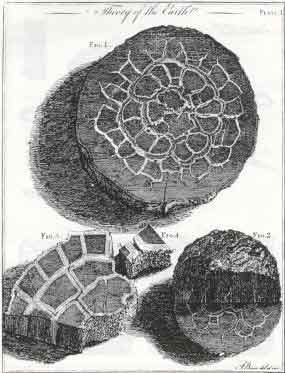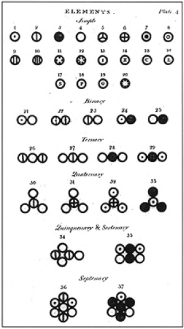The Eighteenth-Century Studies Group & The Nineteenth-Century Forum Present
The Economy of Scales
March 21-22, 2014
University of Michigan, Ann Arbor
an interdisciplinary graduate student conference
featuring keynote lectures by
Noah Heringman, Professor of English, University of Missouri
Craig Benjamin, Professor of History, Grand Valley State University
The eighteenth and nineteenth centuries witnessed the rise of many new modes of inquiry and practice. Often, these new fields required the development, implementation, and standardization of new scales to accompany these practices. This is most evident in the natural sciences: for example, Dalton's atomic mass unit revolutionized the field of chemistry, Hutton's idea of deep time that of geology, Planck units physics, Ampere's amp and Volta's volt electromagnetics, and so on. But it also can be said for aesthetic and cultural practices: consider the different “scales” organizing ideas of the picturesque and the sublime. At one moment in George Eliot’s Middlemarch, the scientifically-minded narrator pauses to reflect on the critical relation between one’s scale of inquiry and one’s interpretive practice:
Even with a microscope directed on a water-drop we find ourselves making interpretations which turn out to be rather coarse; for whereas under a weak lens you may seem to see a creature exhibiting an active voracity into which other smaller creatures actively play as if they were so many animated tax-pennies, a stronger lens reveals to you certain tiniest hairlets which make vortices for these victims while the swallower waits passively at his receipt of custom.

Plate 1, James Hutton's Theory of the Earth (1788)
Following Eliot’s lead, this interdisciplinary conference will explore the “economy” of scales in the eighteenth and nineteenth centuries, that is, the manner in which different scales -- temporal and/or spatial, whole or part, macroscopic or microscopic, human or non-human, and local, national, or international -- influence cultural, historical, literary and scientific practices in these periods. How do different scales influence our current understanding of these practices? What were the various scales, metrics, or ranges employed by eighteenth- and nineteenth-century figures? How did these scales organize these figures’ understanding of their world? How did these scales direct cultural or scientific inquiry towards certain objects or areas of interest over others? What influence did they have on interpretive practices? How does scale factor in the way we approach eighteenth-and-nineteenth century texts, artifacts, and practices now?

from John Dalton's A New System of Chemical Philosophy (1808)
The Eighteenth-Century Studies Group (ECSG) & Nineteenth-Century Forum (NCF) are graduate interdisciplinary groups at the University of Michigan, Ann Arbor. We welcome contributors from all disciplines, such as History, Art History, Literature, and Comparative Literature on a wide range of topics. This is a two-day, interdisciplinary graduate student conference to take place in Ann Arbor on 21-22 March 2014; submissions of either individual papers of full panels are welcome.
Please send an abstract or proposal of 300-500 words to aranruth@umich.edu or adsneed@umich.edu by
15 December, 2013. Informal inquiries are also welcome.